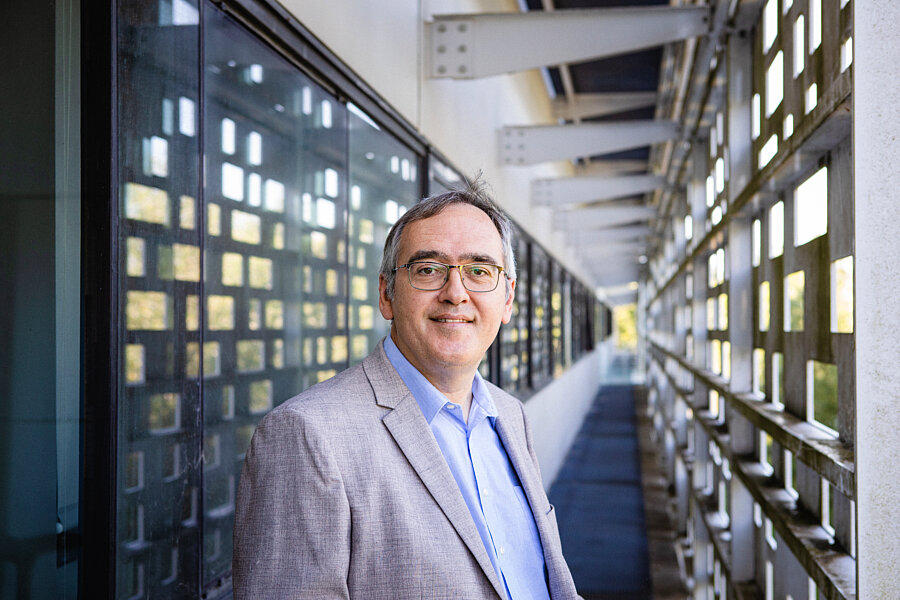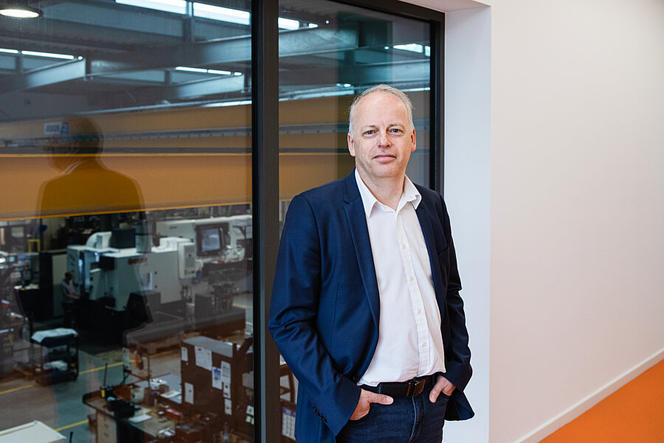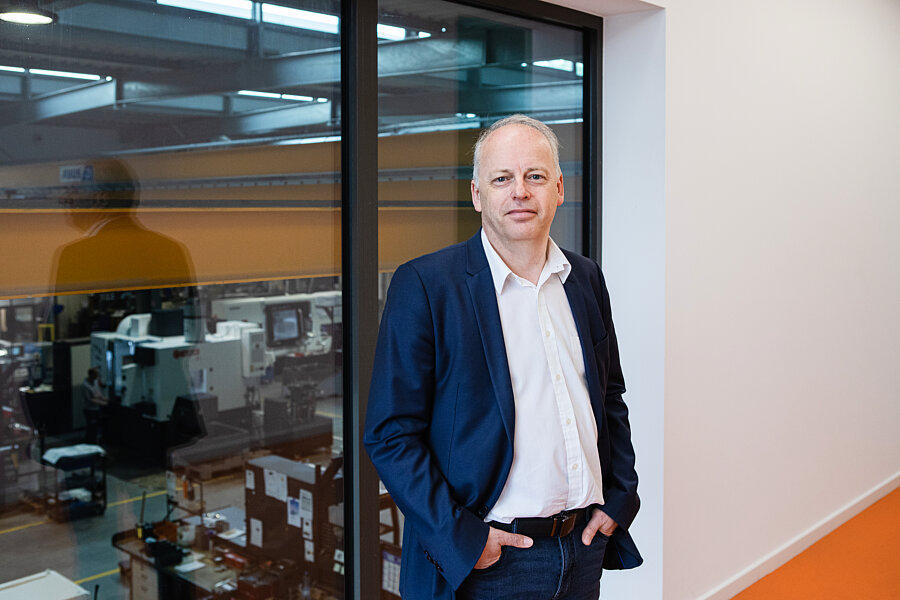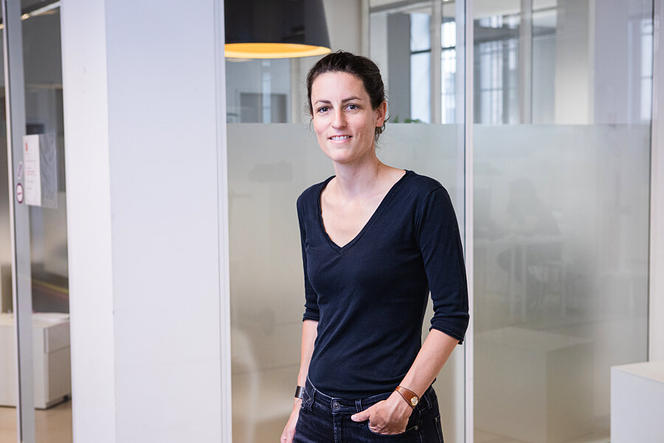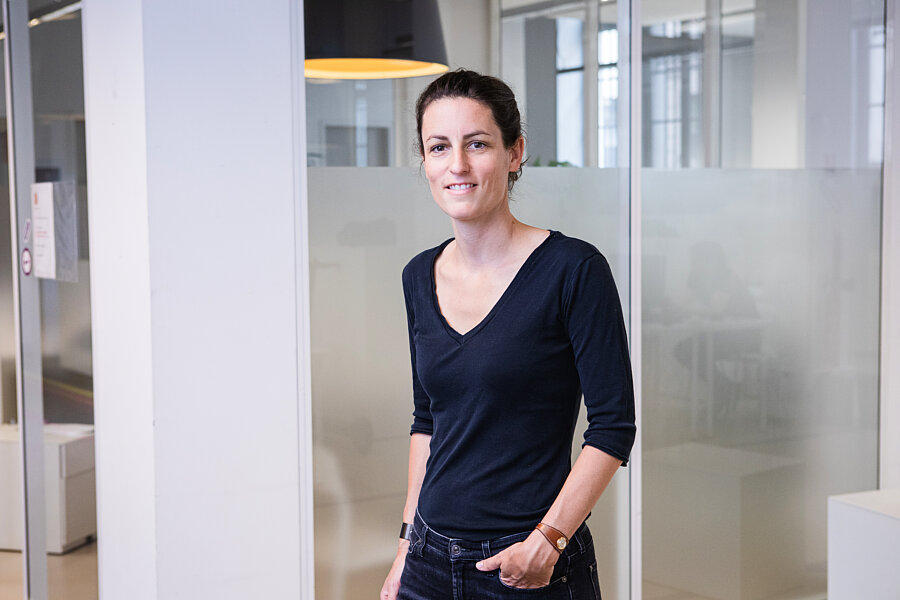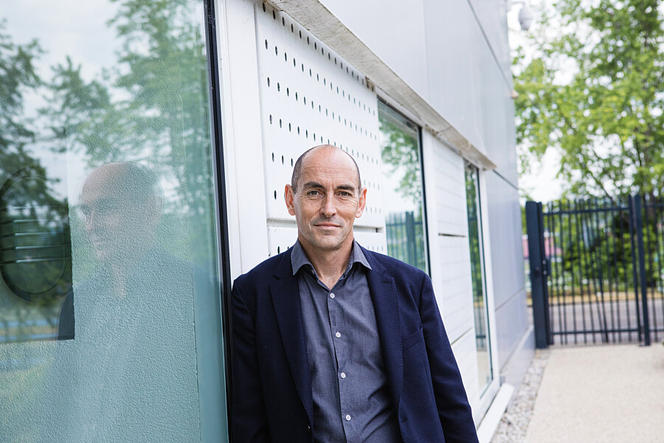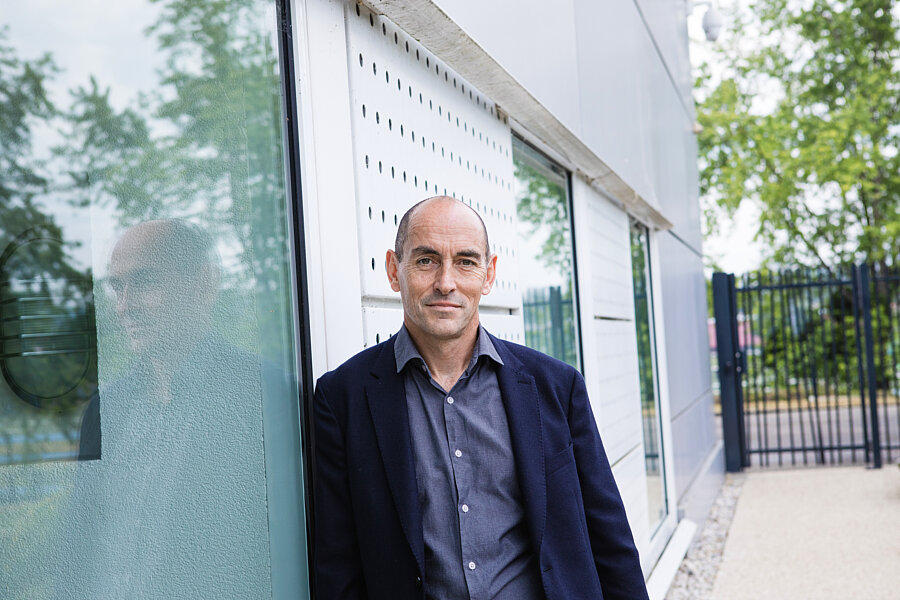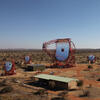You are here
The CNRS 2022 Innovation Medal laureates
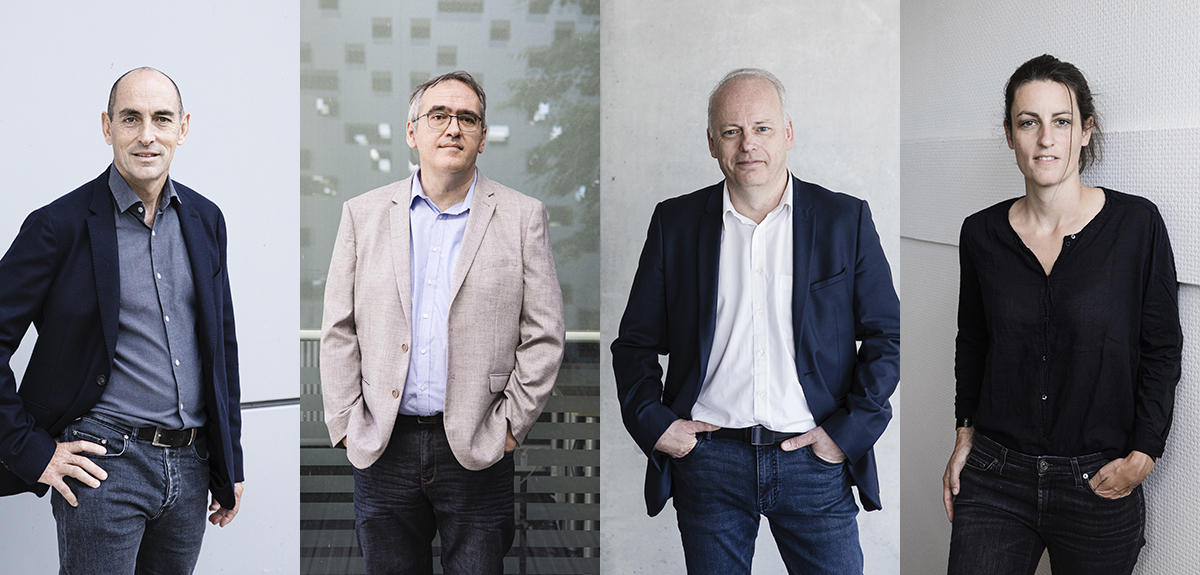
“In keeping with the CNRS’s strategic technology transfer mission, the Innovation Medal rewards researchers who have successfully completed technology transfer,” explains Jean-Luc Moullet, CNRS Deputy CEO for Innovation. “Beyond prestigious scientific publications, we are also recognising inspiring models of scientists innovating in the service of society, with the goal of having a tangible impact on people’s lives.” The four winners of the CNRS 2022 Innovation Medal illustrate the diverse paths available for pursuing technology transfer, all while conducting high-quality research.
Pierre Nassoy, a plethora of quality stem cells
For Pierre Nassoy, interesting findings stem from encounters. Firstly between disciplines, as illustrated by the physical chemistry approaches that the CNRS research professor applies to living things. Secondly between skills, for he believes that “successfully completing a technology transfer project requires research with potential, but also the will to develop it. Nothing is done alone.”
At the Photonics, Numerical, and Nanosciences Laboratory (LP2N)1 in Talence (southwestern France), he focuses on future therapies based on stem cells – to treat tumours and Parkinson’s disease in particular – and files an increasing number of patents. Thanks to a CNRS pre-maturation programme, whose “support proved crucial”, his company TreeFrog Therapeutics is one of the most noted and prize-winning French start-ups of recent times, both nationally and internationally. The company uses its disruptive technology to reliably produce a large quantity of very high-quality stem cells, and just opened a first subsidiary in the United States.
Denis Spitzer, novel processes for ultrafine powders
Today 90% of drugs, and nearly 40% of anticancer medication, do not dissolve properly, which hinders their absorption and requires the use of high doses. Faced with this challenge, Denis Spitzer, director of the Nanomaterials for Systems under Extreme Stress laboratory (NS3E),2 has developed two processes that facilitate the study, formulation, and production of particles smaller than a micron – an unprecedented feat.
These techniques have made it possible, for the first time, to continuously produce industrial quantities of compounds for the pharmaceutical, cosmetic, and agri-food industries, as well as for the energy transition (batteries, solar cells, etc.). These versatile, cost-effective, safe, and environmentally-friendly processes have given rise to eighteen patents, six of which are international, along with numerous partnerships. “By controlling reactions on a local scale, we create new products that are in high demand among industrial actors,” points out Spitzer, a research professor at the French-German Research Institute of Saint-Louis (northeastern France). Following a CNRS pre-maturation programme, Spitzer found industrial applications for his findings with the company Spinofrin.
Céline Vallot, a new avenue in the fight against cancer
In numerous cases of cancer, tumour progression and resistance processes cannot be explained by DNA mutations. This is why Céline Vallot and her team are concentrating on non-genetic – and especially epigenetic – mechanisms, which can explain the adaptability of cancer cells.
She co-developed two families of patents and two software programs, enabling interactive and rapid analysis of cell data by individuals with no special computational skills, such as biologists and physicians seeking new therapeutic targets. The CNRS research professor, who is part of the Paris-based Dynamics of Genetic Information: Fundamental Bases and Cancer laboratory (DIG-Cancer),3 founded the start-up One Biosciences, which aims to become a global leader in precision medicine for complex diseases. “Innovation goes hand in hand with research. It is interdisciplinary by nature, and helps to raise new questions, break down silos, and remain competitive,” she asserts.
Jacques Marteau, a pioneer in muon imaging
“As a particle physicist, being recognised for an industrial application of my research is unexpected!” admits Jacques Marteau, who is an associate professor at the Institute of Physics of the 2 Infinities (IP2I) of Lyon (southeastern France).4 However, “thanks to a series of interesting encounters and coincidences”, Marteau quickly identified the potential of a technology initially developed for basic research: the muon detector.
An elementary particle naturally produced in the atmosphere, the muon crosses through matter over long distances without being absorbed. This makes it possible to explore large structures in 3D, as well as to provide answers to volcanology, geology, and even climatology questions. After a number of patents and industrial contracts, in 2021 Marteau and his team launched the start-up Muodim, which targets a very large market for non-destructive testing applications, aimed for example at the steelmaking, geophysical prospecting, or civil engineering fields.




